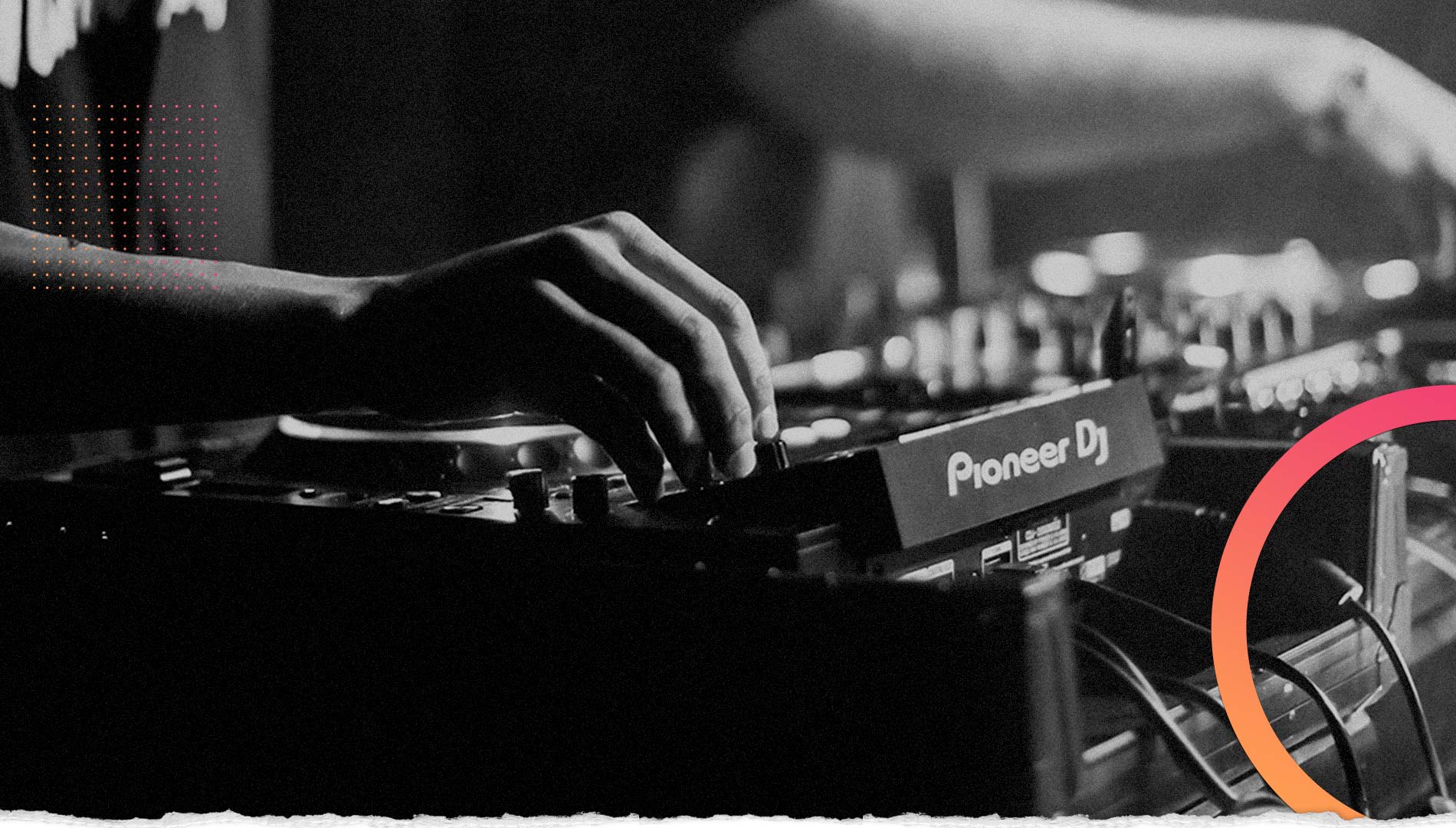On the first night of Italian music festival Sanremo, co-host and singer Marco Mengoni walked the stage in six different looks, including a see-through, floral embroidered top by Valentino and a Fendi leather blazer paired up with low leather Bermuda shorts designed to create a skirt effect.
On the same night, Tunisian-Italian rapper Ghali appeared in a sparkling baby blue twin-set with matching high-waisted trousers by Loewe, a sliver of midriff appearing every time he moved, and Alessandro de Santi, from singer duo Santi Francesi, sported a Dolce & Gabbana pinstripe one piece with a plunging V-neck on his bare chest, accessorised by dangling diamond earrings from Bulgari.

During the following four days of the show, which usually runs on national television channel Rai 1 in early February, male singers performed in an array of extravagant and often gender non conforming looks, including an embroidered floor-sweeping Dolce & Gabbana skirt worn by de Santi, in front of an audience made of up to 15mn people, or about a quarter of Italy’s population. It was a significant change for the Sanremo Festival, which has been a staple of Italian TV since 1951, and where the most it could be asked from a male singer in terms of stylistic flamboyance was a Giorgio Armani suit.
“Once upon a time, it was women who set the fashion at Sanremo, not men,” says Ramona Tabita, who styled Ghali for the competition. “Now things have changed.”
The style revolution of this year’s competition has been caused by different factors. The festival, which is often described as “trashy” by its detractors, has been attracting a growing number of high-end luxury brands.


It is also a culmination of the no-boundaries sartorial attitude embraced by a number of Italian male music artists in the past few years who have adopted an experimental and, at times, gender-fluid style, irrespective of their sexuality. It’s a group that includes Achille Lauro, who appeared in a sparkling see-through leotard by Gucci’s former creative director Alessandro Michele at the festival in 2020, but also rock band Måneskin, whose members delight in 70s glam rock references, singer-songwriter Mahmood, rapper Rosa Chemical and many others.
It’s an approach to style and fashion that also reflects the international menswear runways, where gender fluid clothing is increasingly popular, and has appeared on creative types on the streets of London and New York. Tabita says that, on the catwalks, she sees “an evolution, with a man who has freed himself from toxic masculinity and has another type of masculinity, not necessarily gender fluid, which is still virile but more modern.”
This new type of masculinity allows men to be more playful with their style, according to Mimina Cornacchia, the stylist behind the looks of duo Santi Francesi and singer Mr Rain, who donned elegant Fendi jackets pinned by bejewelled brooches and large, flowing trousers. “The contemporary man plays with aesthetics without any gender constraint,” she says. “Younger guys don’t experience taboos. The newer generations want to express themselves without fear.”


In Italy, a country which elected a socially conservative, right-wing government in 2022 and where LGBT rights lag behind other western democracies, the festival menswear outfits caused some controversy and drew some unhappy social media comments. Cornacchia believes that, beyond aesthetics, the looks were all the more important because they communicated values of acceptance and brought new attitudes to the mainstream.
“The Sanremo stage is watched by all of Italy and that story reaches everyone’s homes,” she says, adding that people who are too hesitant or scared to wear certain styles could be emboldened by seeing men wearing the same garments on stage. “They might say, ‘he wore it too at Sanremo.’ It becomes legitimised.”
But are these fashion-forwards looks really appearing on Italian men on the street? Gianluca Cantaro, a Milan-based editor and journalist who has worked for magazines such as L’Uomo Vogue and L’Officiel, says there is still a long way to go. “There is a little change, but for now it is very limited to the fashion world,” he says. “Men’s fashion, male tastes are much more rooted [in tradition]. It is very difficult if you are not passionate about fashion to wear something that goes beyond certain canons.”
He also points out a lack of authenticity in many of the avant-garde looks worn by male performers at the festival, who are dressed by stylists and brands. “It’s not their personal style. When you see them in everyday moments they wear hoodies, beanies and sweatpants,” he says. For this reason he believes their influence on mainstream fashion is limited. “It’s a moment that begins and ends there. The real impact is when you continue to see that this person dresses like this every time.”
Nevertheless, both Tabita and Cornacchia believe these new styles, and the values they represent, have already a life of their own beyond the stage.
“I have a 13-year-old son who is approaching adolescence and I have noticed that children like him don’t know the type of labels that we know,” says Cornacchia. “When we talk about fashion we always think it’s a futile, light thing, in reality as far as I’m concerned we’re talking about important things. The messages are profound for those with eyes to read them.”
Find out about our latest stories first — follow @financialtimesfashion on Instagram — and subscribe to our podcast Life and Art wherever you listen







